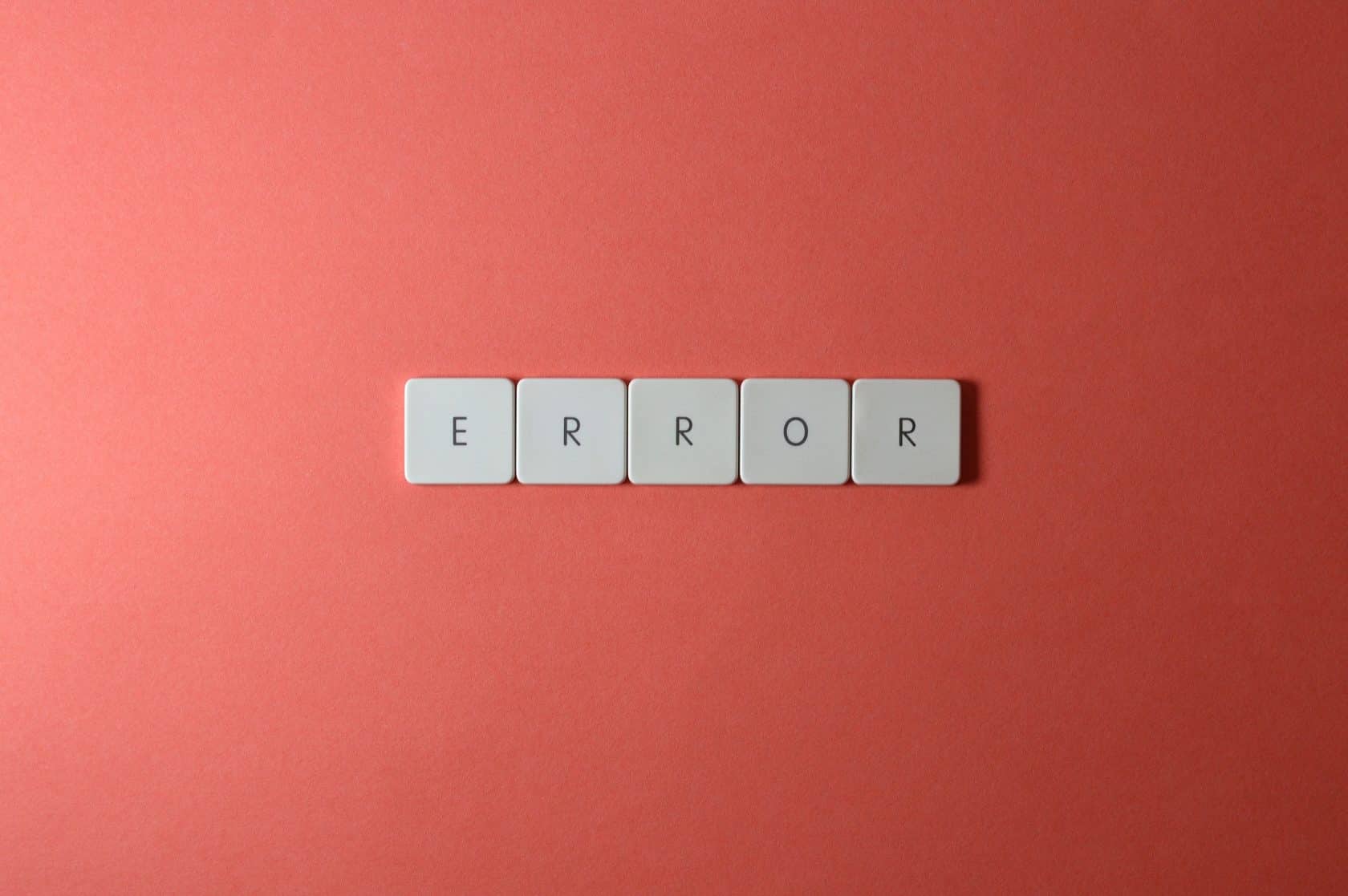Meet Susie, a young girl with autism who loves spending time with her therapy dog, Buddy. Her parents are always looking for ways to improve her communication skills, and they enroll her in a new therapy program.
- Susie’s parents are excited when they receive the results of Susie’s evaluation. The evaluation shows that Susie has made significant progress in her communication skills, increasing her vocabulary and ability to interact with others.
- The therapy program uses a new approach that has shown promising results in previous studies. Susie’s parents are optimistic that this program will help her continue to improve her communication skills.
- The therapy program is conducted over several months, and Susie’s parents notice a significant improvement in her communication skills. They are thrilled with her progress and attribute it to the therapy program.
- However, when the therapy program is evaluated by independent researchers, they find that the results are not statistically significant. In other words, there is a high alpha (α) error risk, and the results could be due to chance.
- Susie’s parents are disappointed that the therapy program may not have been as effective as they thought. They realize they had put too much trust in the program without considering the risk of alpha error.
- In the end, Susie’s parents learn that it is important to consider alpha error risk when evaluating a therapy program’s effectiveness. They understand that a statistically significant result does not always indicate a true effect, and they vow to be more critical of research findings in the future.
The story of Susie illustrates how alpha (α) error can affect the interpretation of research findings and lead to false positive conclusions. It is crucial to consider alpha error risk when evaluating interventions’ effectiveness, especially for children with special needs like Susie.
In conclusion, alpha (α) error is a statistical concept that refers to the risk of making false positive conclusions in research studies. It can have essential implications in medicine and psychology, especially when evaluating interventions for children with special needs. Parents and caregivers can create informed decisions about treatment options by being aware of the risk of alpha error. Goally, a tablet-based tool with fun apps and games, can assist children with special needs in building language and life skills.














